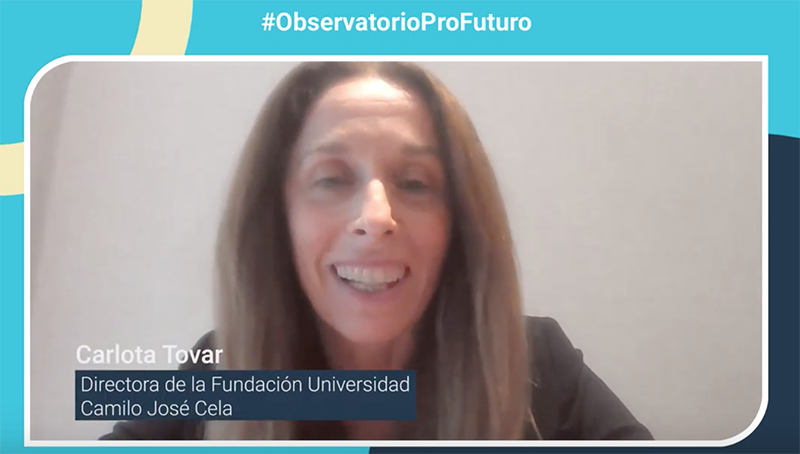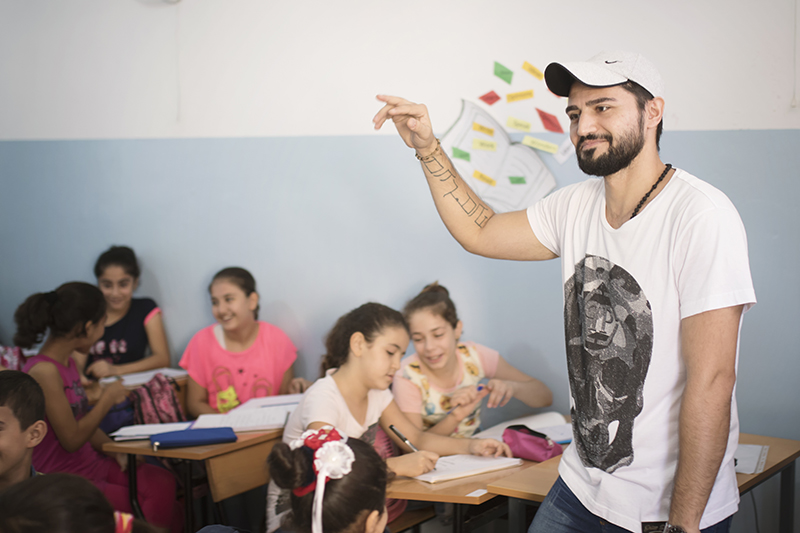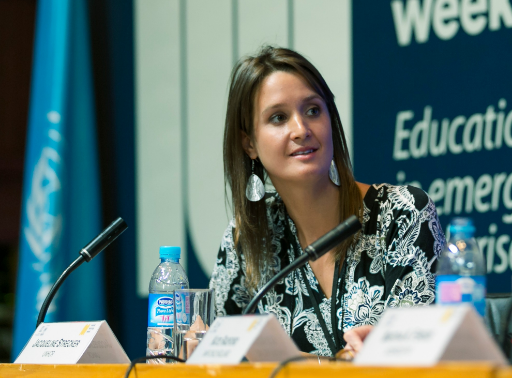The Kakuma refugee camp in Kenya was used by the Camilo José Cela Foundation to analyse the challenges of education in these particularly vulnerable environments. There, they took a good look at the situation and noticed several issues: firstly, they saw that the lack of teacher training was becoming the “bottleneck” in education systems. They also realised that although Kakuma had been the subject of countless initiatives to improve education by various organisations of all kinds, none of them had ever worked.
After their analysis, the Foundation decided that, if they wanted to succeed in their initiative, they had to do two things: involve the teachers themselves in the creation of the training tool they were designing and create a strong network of local partners capable of covering all aspects of the problem (harmonisation of global competencies and local curricular content, certification, motivation, funding…).
The result of all this has been Each Teach, a digital teacher learning platform whose mission is to create teacher learning communities.
The result of all this has been Each Teach, a digital teacher learning platform whose mission is to create teacher learning communities. The platform can be used on any device and is based on three pillars: content, peer-to-peer learning and mentoring.
If you want to know more about this platform and its creation process, Carlota Tovar, director of the Camilo José Cela University Foundation, tells us about it in this interview.






